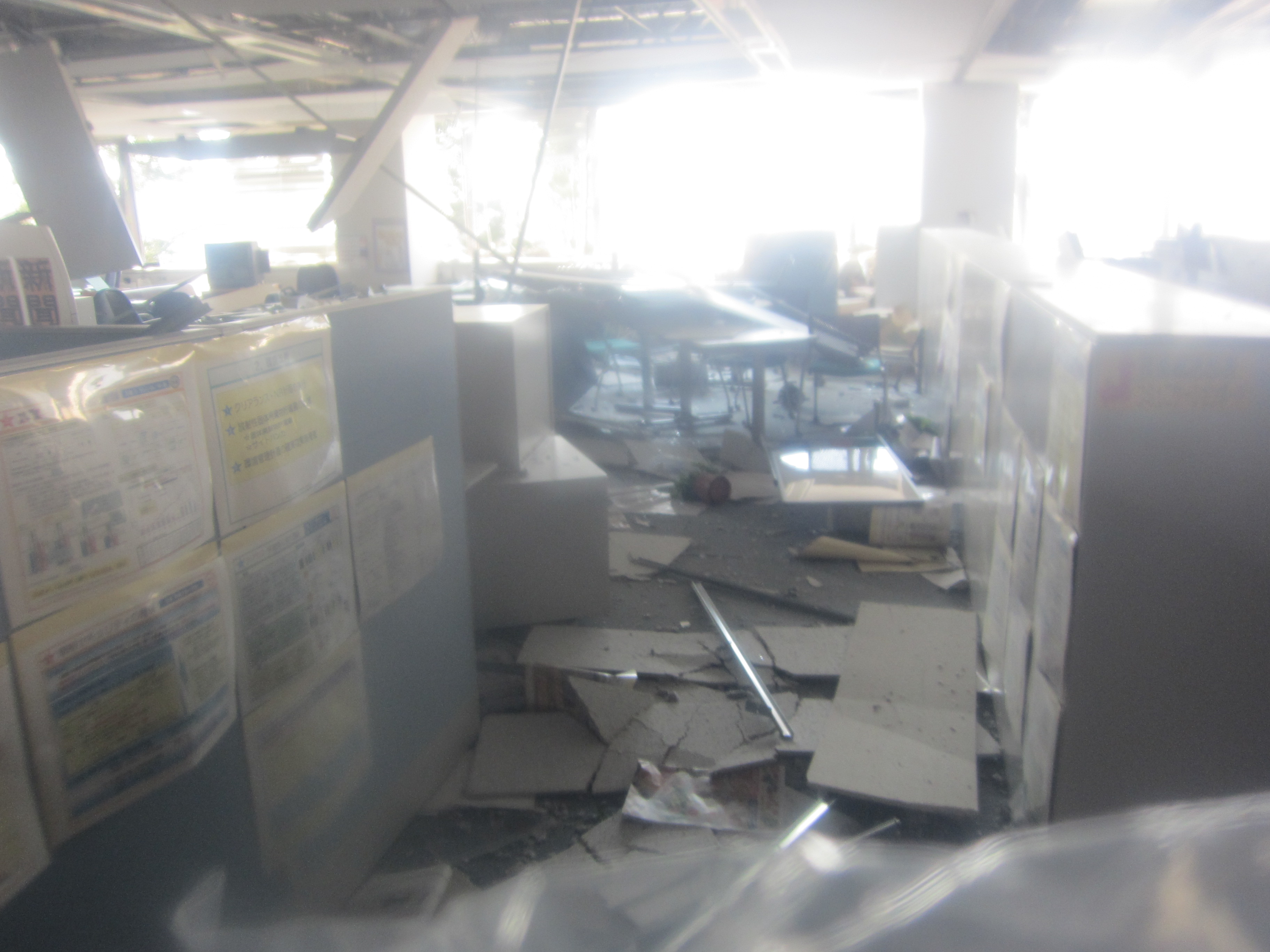A 500-milliliter bottle sells for 100 yen.
This is the latest in the non-stop effort by people in Fukushima since March 11, 2011 to insist it's nothing but baseless rumors, not radioactive materials, and people in Fukushima are hurt by such rumors. To prove it is baseless rumors, they bottle the tap water in Fukushima City and sell it to you.
Nearly 2 years after the accident, that their land has been radioactively contaminated by the Fukushima I Nuclear Power Plant accident clearly hasn't sunk in to most of the residents who continue to live in the prefecture. And at this point, it doesn't look like it will ever sink in, even a millimeter.
From Fukushima Minyu, local Fukushima paper (2/1/2013):
「安全でおいしい」 福島市の水道水ペットボトルをPR
"Safe and delicious", bottled tap water in Fukushima City being promoted
福島市水道局は同市の水道水ペットボトル「ふくしまの水」を使い、安全性PRに乗り出している。市内で開く会議やイベントでの利用を各種団体などに呼び掛け、安全な福島の水を多くの人に飲んでもらい、東京電力福島第1原発事故の風評被害払拭(ふっしょく)につなげる。
The municipal water department of Fukushima City has embarked on a PR campaign to appeal safety using "Fukushima no Mizu [Fukushima water]", the city's tap water in plastic bottles. They are asking the organizers planning conferences and events in the city to use the bottled water so that many people can drink safe water in Fukushima. They hope to eradicate the baseless rumors from the Fukushima I Nuclear Power Plant accident.
「ふくしまの水」は同市の水道水を詰めたペットボトル。観光PRなどを目的に2008(平成20)年に販売を開始、市内の名所花見山をデザインしたラベルも昨年度リニューアルした。放射性物質の検査も行っており、ボトルには放射性物質が検出されていないことを示す「ND」と書かれたシールを貼り、安全性をアピールしている。
"Fukushima no Mizu" is bottled water filled with the city's tap water. It went on sale in 2008 for tourism promotion. The bottle label was updated last year with the design featuring Hanami-yama, city's popular tourist destination. Radioactive materials are tested, and the bottles have stickers that says "ND", indicating there was no radioactive material detected, to emphasize safety.
震災後、市内では県外からの人が多く集まる会議なども増えた。「多くの人に実際に水を飲んでもらえれば、風評被害が払拭できる」。市水道局はこうした会議やイベントを主催する企業、団体にペットボトル利用の呼び掛けを始めた。評判も上々という。
After the March 11, 2011 disaster, there have been conferences [held in Fukushima City] with many people from outside the prefecture. "If we could have these people drink our water, we would be able to eradicate baseless rumors." The city's water department started to ask corporations and groups that held these conferences and events if they wanted to use the bottles with the city's water. [The water department] says they are getting excellent reviews.
同水道局の阿部利秀技査と菅野孝文副主査は「福島市の水道水は摺上川を原水としたおいしい水。安全性も十分に確保しており、ぜひ利用してほしい」と話している。水道水ペットボトルは1本500ミリリットル入りを100円(税込み)で販売している。事前注文が必要。
Officials at the city's water department say, "Tap water in Fukushima City is from Surikamigawa River and it is delicious. Safety is amply secured, so please use it." A 500-milliliter bottle of Fukushima City tap water sells for 100 yen (including sales tax). Pre-order is required.
The detection limit is 1 becquerel/kg in Fukushima City's testing. Before the Fukushima nuclear accident, the Japanese government routinely monitored the radioactive materials in the environment. For tap water, the detection limit ranged from 0.074 to 0.185 millibecquerel/liter in case of Fukushima Prefecture (according to Japan Chemical Analysis Center's database). Note the unit: millibecquerel, one-thousands of a becquerel.
I fondly recall Goshi Hosono's sidekick who drank treated water at Fukushima I Nuclear Power Plant to demonstrate how safe the water is after the elaborate treatment. Iodine and cesium were ND, but the water was full of tritium.









 Tokyo Time
Tokyo Time
![[Most Recent Quotes from www.kitco.com]](http://www.kitconet.com/charts/metals/gold/t24_au_en_usoz_2.gif)

